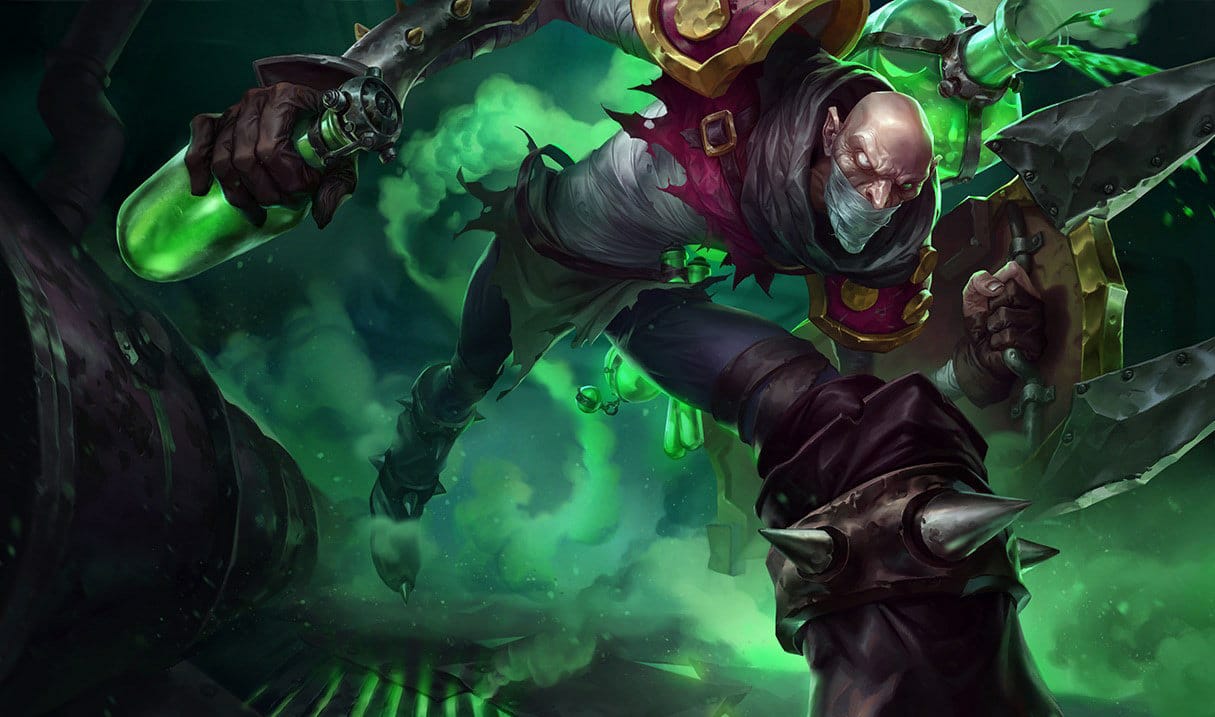League of Legends players are divided over the introduction of an ‘I am sorry’ ping feature. While some argue it could enhance communication and prevent toxicity, others fear its misuse. Let’s delve into this discussion.
Summary
- Communication through pings can be more efficient than chat.
- Players fear potential misuse of an ‘I am sorry’ ping.
- Apologizing in-game can prevent escalating conflicts.
Making Communication Efficient
Players argue that an ‘I am sorry’ ping would streamline apologies in situations where typing might not be feasible, thereby reducing conflicts. By acknowledging mistakes promptly, players can focus on gameplay instead of dwelling on errors.
Mitigating Toxicity
Concerns arise over the misuse of an ‘I am sorry’ ping, with some fearing it could lead to spamming or misinterpretations. While emotes offer a similar function, the convenience of a dedicated ping remains a point of contention among players.
Enhancing Gameplay
Some players emphasize the psychological impact of acknowledging mistakes, suggesting that a quick apology can defuse tensions and foster a more positive gaming environment. By providing an easily accessible avenue for apologies, the game experience could be enriched for all participants.
Overall, the debate surrounding the introduction of an ‘I am sorry’ ping in League of Legends reflects the community’s ongoing efforts to improve communication and sportsmanship within the game. While the potential benefits are recognized, concerns over misuse and impact on gameplay dynamics persist. As players continue to voice their opinions, Riot Games may consider the implications of such a feature on the overall gaming experience.


